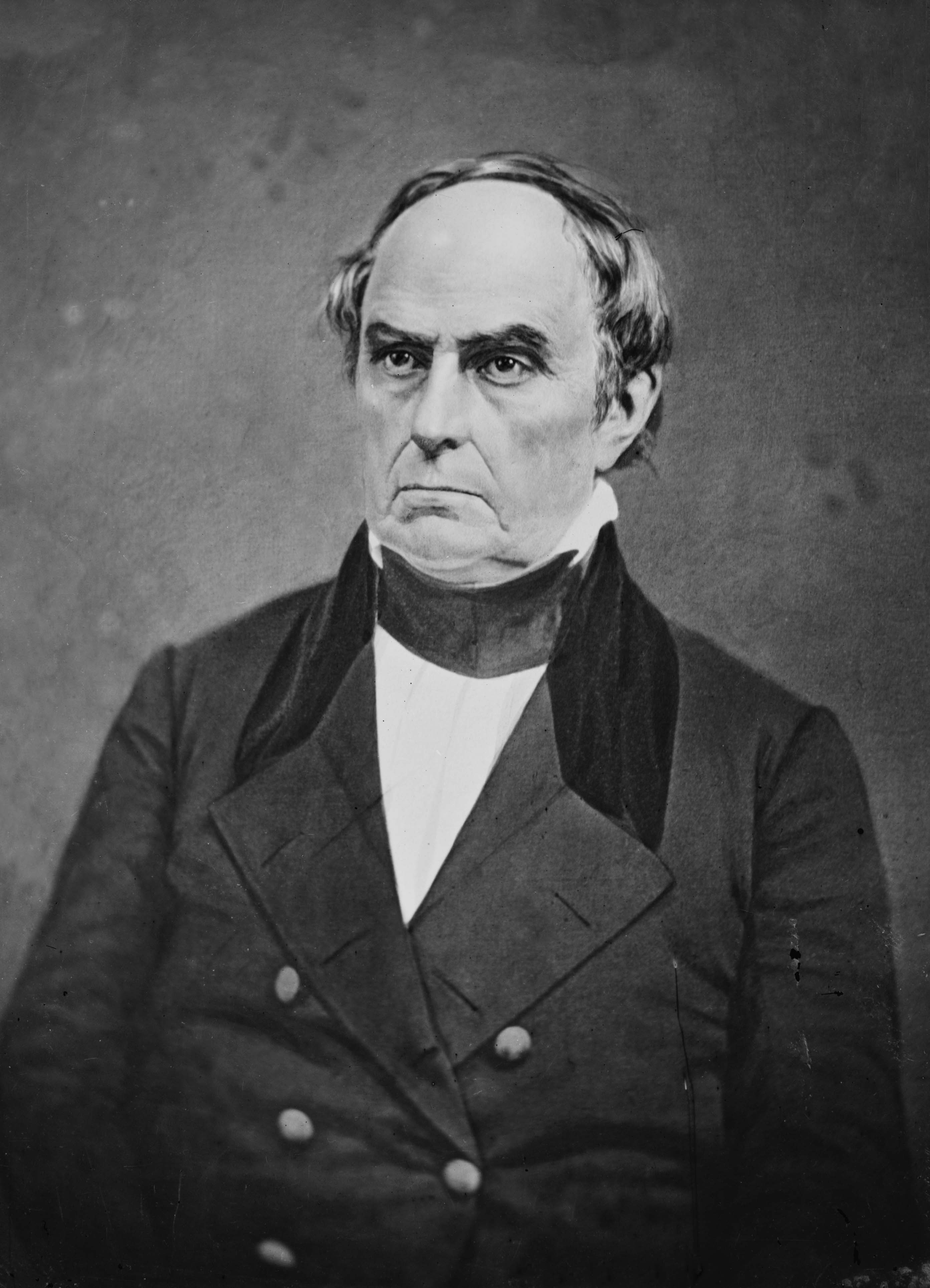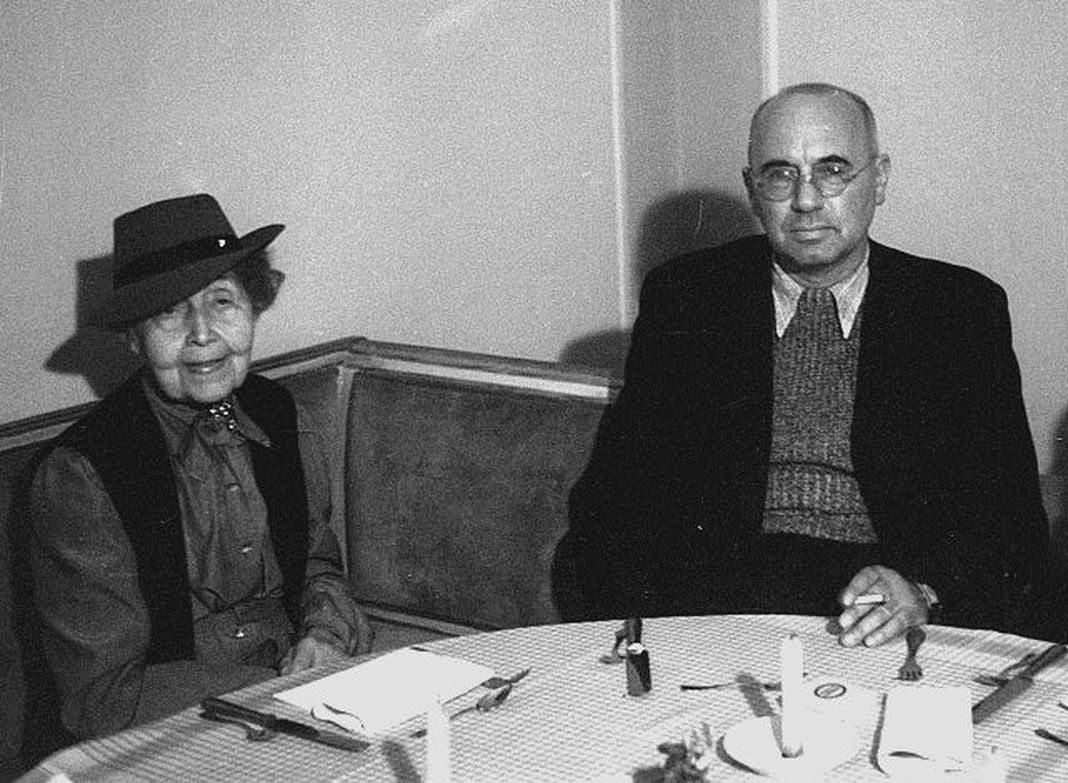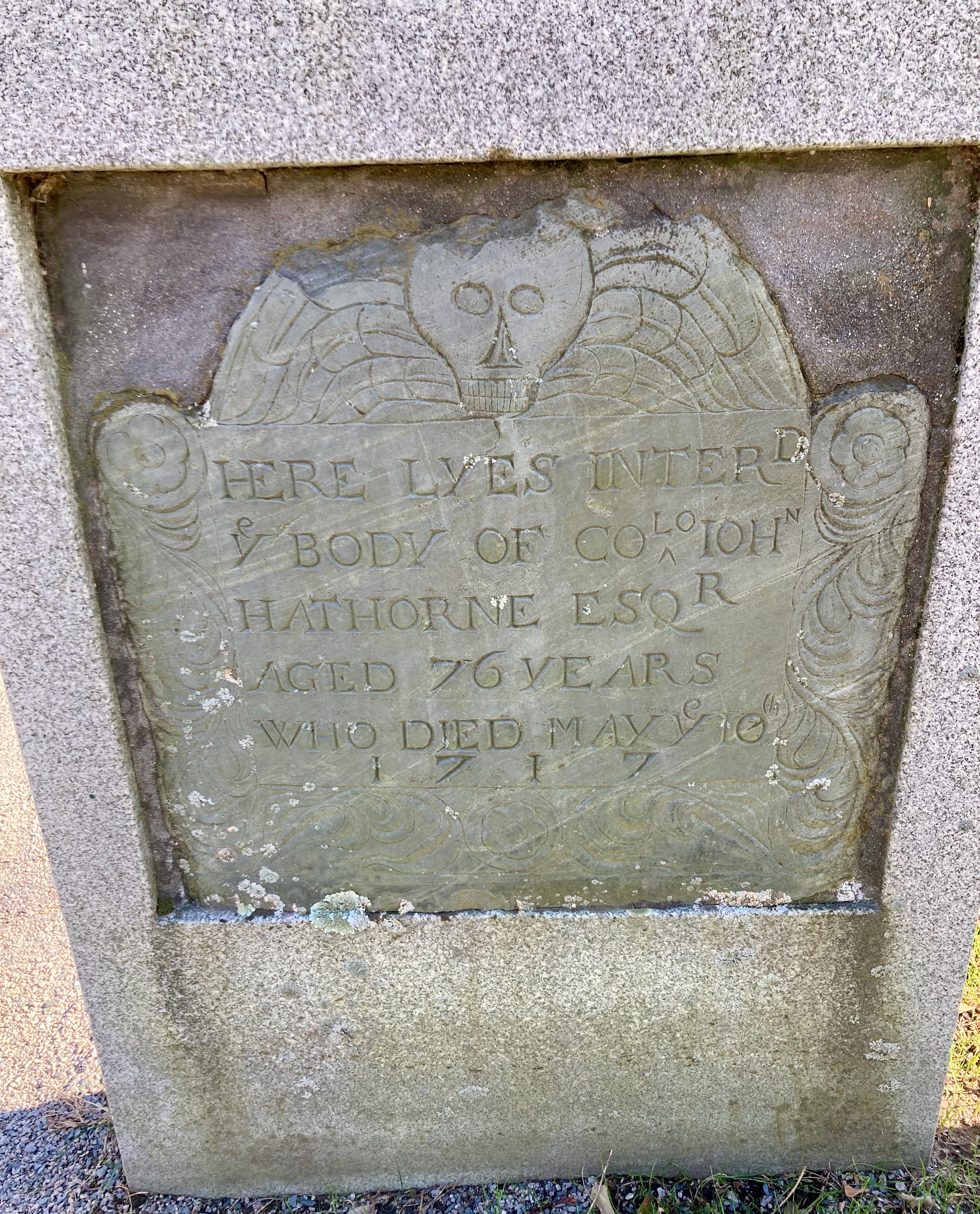|
The Devil And Daniel Webster (1941 Film)
''The Devil and Daniel Webster'' is a 1941 fantasy film based on the 1938 play adaptation of Stephen Vincent Benét's 1936 short story "The Devil and Daniel Webster". The play by Benét was in turn based on the libretto created by Benét for The Devil and Daniel Webster (opera), an opera adaptation of his short story with composer Douglas Moore, a project he began writing in 1937. Benét and Dan Totheroh adapted the play into the film's screenplay. The film's title was changed to ''All That Money Can Buy'' to avoid confusion with another film released by RKO that year, ''The Devil and Miss Jones'', but later had the title restored on some prints. It has also been released under the titles ''Mr. Scratch'', ''Daniel and the Devil'' and ''Here Is a Man''. The film stars Edward Arnold (actor), Edward Arnold, Walter Huston, James Craig (actor), James Craig, and Simone Simon. Plot In 1840 New Hampshire, Jabez Stone, a poor kindhearted farmer, is broke and plagued by bad luck. After a ser ... [...More Info...] [...Related Items...] OR: [Wikipedia] [Google] [Baidu] |
William Dieterle
William Dieterle (July 15, 1893 – December 9, 1972) was a German-born actor and film director who emigrated to the United States in 1930 to leave a worsening political situation. He worked in Hollywood primarily as a director for much of his career, becoming a United States citizen in 1937. He moved back to Germany in the late 1950s. His best-known films include ''The Story of Louis Pasteur'' (1936), ''The Hunchback of Notre Dame'' (1939) and ''The Devil and Daniel Webster'' (1941). His film ''The Life of Emile Zola'' (1937) won the Academy Award for Best Picture, the second biographical feature to do so. Early life and career He was born Wilhelm Dieterle in Ludwigshafen, the youngest child of nine, to factory worker Jacob and Berthe (Doerr) Dieterle. As a child, he lived in considerable poverty and earned money by various means, including carpentry and as a scrap dealer. He became interested in theater early and would stage productions in the family barn for friends and f ... [...More Info...] [...Related Items...] OR: [Wikipedia] [Google] [Baidu] |
The Devil And Daniel Webster (opera)
''The Devil and Daniel Webster'' is a folk opera in one act by American composer Douglas Moore. The opera's English-language libretto was written by Stephen Vincent Benét who also penned the 1936 short story of the same name upon which the work is based. Composed from 1937 through 1939, it premiered on Broadway at the Martin Beck Theatre on 18 May 1939. The first opera by Moore to achieve wide success, it has remained a part of the opera repertory. Containing spoken words as well as sung material, Martin Bookspan stated that "the opera is really a 20th-century American singspiel, with extensive stretches of dialogue alternating with the musical numbers." The opera is set in 1840s New Hampshire within the fictional town of Cross Corners. Described as an "American Faust" for its similarities to the German tale with an American milieu, the opera tells the story of the farmer Jabez Stone who sells his soul to the devil. When the devil comes to collect his soul he is thwarted by t ... [...More Info...] [...Related Items...] OR: [Wikipedia] [Google] [Baidu] |
Gene Lockhart
Edwin Eugene Lockhart (July 18, 1891 – March 31, 1957)"Gene Lockhart" ''The Canadian Encyclopedia''. was a Canadian-American , playwright, singer and lyricist. He became an American citizen in 1939. Early life Born in , he made his professional debut at the age of six when he appeared with the Kilties Band of Canada. He later appeared in sketches with Beatrice Lillie. Lockhart wa ...[...More Info...] [...Related Items...] OR: [Wikipedia] [Google] [Baidu] |
Satan
Satan,, ; grc, ὁ σατανᾶς or , ; ar, شيطانالخَنَّاس , also known as Devil in Christianity, the Devil, and sometimes also called Lucifer in Christianity, is an non-physical entity, entity in the Abrahamic religions that seduces humans into sin or falsehood. In Judaism, Satan is seen as an agent subservient to God in Judaism, God, typically regarded as a metaphor for the ''yetzer hara'', or "evil inclination." In Christianity and Islam, he is usually seen as a fallen angel or jinn who has rebelled against God in Abrahamic religions, God, who nevertheless allows him temporary power over the fallen world and a host of demons. In the Quran, Shaitan, also known as Iblis, is an entity made of fire who was cast out of Heaven because he refused to bow before the newly created Adam in Islam, Adam and incites humans to sin by infecting their minds with ''waswās'' ("evil suggestions"). A figure known as ''ha-satan'' ("the satan") first appears in the Hebrew B ... [...More Info...] [...Related Items...] OR: [Wikipedia] [Google] [Baidu] |
Breaks The Fourth Wall
The fourth wall is a performance convention in which an invisible, imaginary wall separates actors from the audience. While the audience can see through this ''wall'', the convention assumes the actors act as if they cannot. From the 16th century onward, the rise of illusionism in staging practices, which culminated in the realism and naturalism of the theatre of the 19th century, led to the development of the fourth wall concept. The metaphor suggests a relationship to the mise-en-scène behind a proscenium arch. When a scene is set indoors and three of the walls of its room are presented onstage, in what is known as a box set, the fourth of them would run along the line (technically called the proscenium) dividing the room from the auditorium. The ''fourth wall'', though, is a theatrical convention, rather than of set design. The actors ignore the audience, focus their attention exclusively on the dramatic world, and remain absorbed in its fiction, in a state that the the ... [...More Info...] [...Related Items...] OR: [Wikipedia] [Google] [Baidu] |
Salem Witch Trials
The Salem witch trials were a series of hearings and prosecutions of people accused of witchcraft in colonial Massachusetts between February 1692 and May 1693. More than 200 people were accused. Thirty people were found guilty, 19 of whom were executed by hanging (14 women and five men). One other man, Giles Corey, was pressed to death after refusing to enter a plea, and at least five people died in jail. Arrests were made in numerous towns beyond Salem and Salem Village (known today as Danvers), notably Andover and Topsfield. The grand juries and trials for this capital crime were conducted by a Court of Oyer and Terminer in 1692 and by a Superior Court of Judicature in 1693, both held in Salem Town, where the hangings also took place. It was the deadliest witch hunt in the history of colonial North America. Only fourteen other women and two men had been executed in Massachusetts and Connecticut during the 17th century. The episode is one of Colonial America's most no ... [...More Info...] [...Related Items...] OR: [Wikipedia] [Google] [Baidu] |
John Hathorne
John Hathorne (August 1641 – May 10, 1717) was a merchant and magistrate of the Massachusetts Bay Colony and Salem, Massachusetts. He is best known for his early and vocal role as one of the leading judges in the Salem witch trials. Hathorne was absent from the list of men appointed to the Court of Oyer & Terminer in June 1692. That court relied heavily on the spectral evidence, examinations, interrogations, and affidavits previously conducted by Hathorne, co-signed by Jonathan Corwin, and recorded by Rev. Samuel Parris and/or Ezekiel Cheever Jr. On September 22, 1692, the date of the final eight executions, Hathorne was present at a meetingSewall Diary with Stoughton and Cotton Mather to discuss using court records in a new publication designed to promote the trials. Unlike Samuel Sewall, Hathorne is not known to have repented for his actions. He was a Patrilineality, patrilineal ancestor of writer Nathaniel Hawthorne. Life Hathorne's father, Major William Hathorne, was ... [...More Info...] [...Related Items...] OR: [Wikipedia] [Google] [Baidu] |
Stede Bonnet
Stede Bonnet (1688 – 10 December 1718) was an early 18th-century English/Barbadian pirate, also known as the Gentleman Pirate for the reason that he was a moderately wealthy landowner before turning to a life of crime. Bonnet was born into a wealthy English family on the island of Barbados, and inherited the family estate after his father's death in 1694. Despite his lack of sailing experience, Bonnet decided he should turn to piracy in the winter of 1716 or spring of 1717. He bought a sailing vessel, the ''Revenge'', and travelled with his paid crew along the Eastern Seaboard of what is now the United States, capturing other vessels and burning other Barbadian ships. Bonnet set sail for Nassau in the Bahamas, to the haven for pirates known as the "Republic of Pirates", but he was seriously wounded ''en route'' during an encounter with a Spanish warship. After arriving in Nassau, Bonnet met Edward Teach, better known as the infamous pirate Blackbeard. Incapable of leadi ... [...More Info...] [...Related Items...] OR: [Wikipedia] [Google] [Baidu] |
Benedict Arnold
Benedict Arnold ( Brandt (1994), p. 4June 14, 1801) was an American military officer who served during the Revolutionary War. He fought with distinction for the American Continental Army and rose to the rank of major general before defecting to the British side of the conflict in 1780. General George Washington had given him his fullest trust and had placed him in command of West Point in New York. Arnold was planning to surrender the fort there to British forces, but the plot was discovered in September 1780, whereupon he fled to the British lines. In the later part of the conflict, Arnold was commissioned as a brigadier general in the British Army, and placed in command of the American Legion. He led the British army in battle against the soldiers whom he had once commanded, after which his name became synonymous with treason and betrayal in the United States. Rogets (2008) Arnold was born in Connecticut. In 1775, when the war began, he was a merchant operating ships in ... [...More Info...] [...Related Items...] OR: [Wikipedia] [Google] [Baidu] |
President Of The United States
The president of the United States (POTUS) is the head of state and head of government of the United States of America. The president directs the executive branch of the federal government and is the commander-in-chief of the United States Armed Forces. The power of the presidency has grown substantially since the first president, George Washington, took office in 1789. While presidential power has ebbed and flowed over time, the presidency has played an increasingly strong role in American political life since the beginning of the 20th century, with a notable expansion during the presidency of Franklin D. Roosevelt. In contemporary times, the president is also looked upon as one of the world's most powerful political figures as the leader of the only remaining global superpower. As the leader of the nation with the largest economy by nominal GDP, the president possesses significant domestic and international hard and soft power. Article II of the Constitution establ ... [...More Info...] [...Related Items...] OR: [Wikipedia] [Google] [Baidu] |
Daniel Webster
Daniel Webster (January 18, 1782 – October 24, 1852) was an American lawyer and statesman who represented New Hampshire and Massachusetts in the U.S. Congress and served as the U.S. Secretary of State under Presidents William Henry Harrison, John Tyler, and Millard Fillmore. Webster was one of the most prominent American lawyers of the 19th century, and argued over 200 cases before the U.S. Supreme Court between 1814 and his death in 1852. During his life, he was a member of the Federalist Party, the National Republican Party, and the Whig Party. Born in New Hampshire in 1782, Webster established a successful legal practice in Portsmouth, New Hampshire, after graduating from Dartmouth College and undergoing a legal apprenticeship. He emerged as a prominent opponent of the War of 1812 and won election to the United States House of Representatives, where he served as a leader of the Federalist Party. Webster left office after two terms and relocated to Boston, Massachusetts. H ... [...More Info...] [...Related Items...] OR: [Wikipedia] [Google] [Baidu] |
Devil In Christianity
In Christianity, the Devil is the personification of evil, who rebelled against God in an attempt to become equal to God himself. He is depicted as a fallen angel, who was expelled from Heaven at the beginning of time, before God created the material world, and is in constant opposition to God. The devil is identified with several figures in the Bible including the serpent in the Garden of Eden, Lucifer, Satan, the tempter of the Gospels, Leviathan, and the dragon in the Book of Revelation. Early scholars discussed the role of the devil. Scholars influenced by neoplatonic cosmology, like Origen and Pseudo-Dionysius, portrayed the devil as representing deficiency and emptiness, the entity most remote from the divine. According to Augustine of Hippo, the realm of the devil is not nothingness, but an inferior realm standing in opposition to God. The standard Medieval depiction of the devil goes back to Gregory the Great. He integrated the devil, as the first creation of God, in ... [...More Info...] [...Related Items...] OR: [Wikipedia] [Google] [Baidu] |






.jpg)


